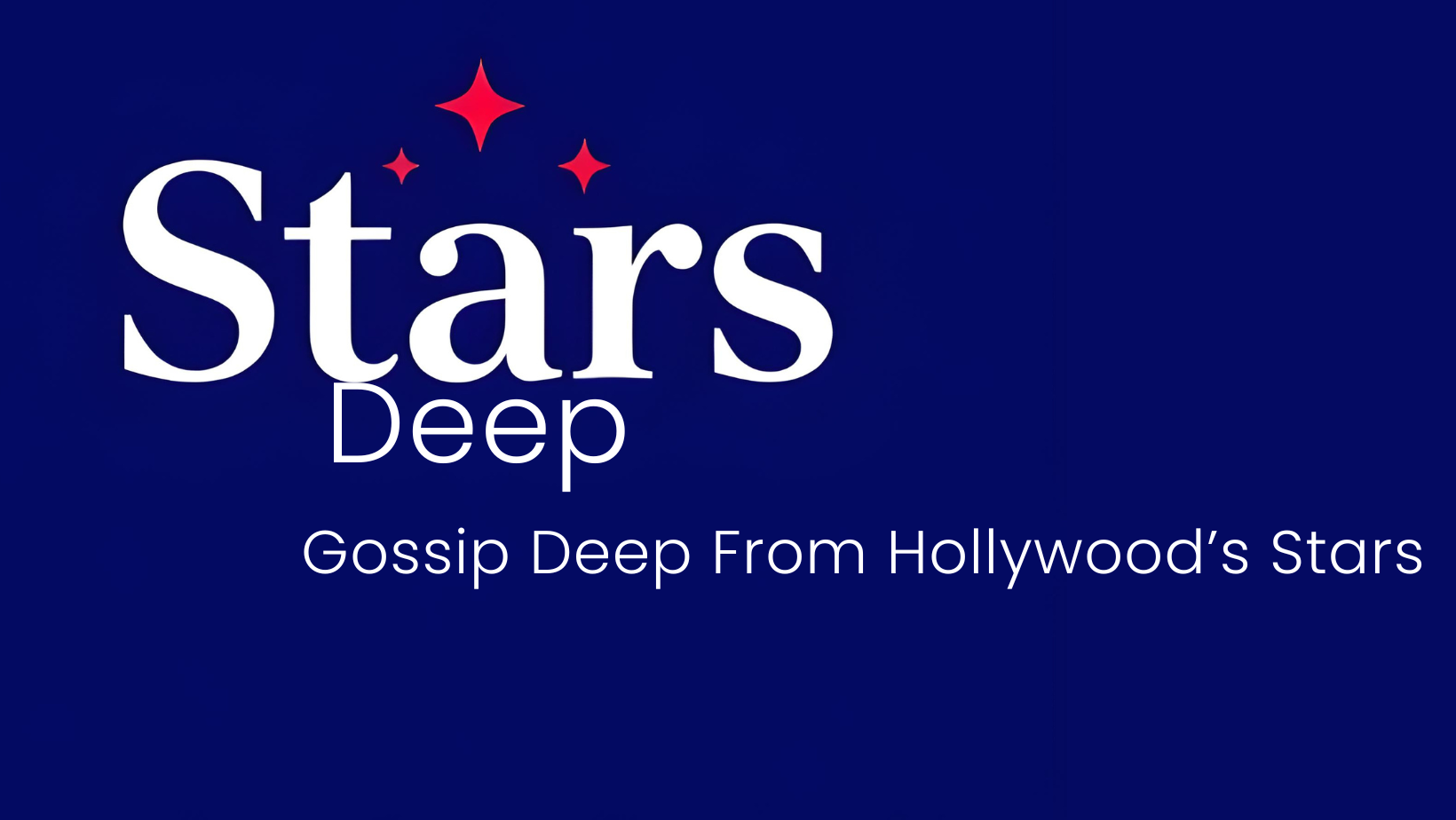The recent announcement regarding the Dallas Cowboys Cheerleaders’ substantial salary increase marks a pivotal moment in professional sports, encapsulating not just the struggle for fair wages, but a broader conversation about the value of women in entertainment and athletics. The cheerleaders secured a remarkable 400 percent pay raise, with new wages reaching up to $75 per hour, effective in the 2025 NFL season. This increase embodies the culmination of years filled with tireless advocacy and tenacious dialogues with management, ultimately spotlighting the inequities faced by cheerleaders—not just in Dallas, but across the League. Insights gleaned from their experiences shed light on the systemic issues that have long persisted in cheerleading as a profession.
The Journey to Justice
For seasoned cheerleaders like Jada McLean, whose experience spans five years, the pay increase signifies more than just a higher paycheck; it represents a hard-fought victory against an entrenched system that undervalued their labor. Just a year ago, McLean reported earning a meager $15 per hour and $500 per game—far from what one would consider a livable wage. The members shared their collective frustrations with the media, stressing that despite the newfound financial security, the absence of health benefits remains a significant drawback. This underscores a glaring oversight within the organization: while cheerleaders entertain thousands each game and work diligently to maintain their fitness and skills, they continue to navigate precarious financial situations, often juggling multiple jobs just to make ends meet.
The pay disparity becomes stark when juxtaposed against the high revenues that NFL teams and related enterprises generate. Cheerleaders are integral to the NFL spectacle, and yet they are often relegated to the peripheries when it comes to receiving compensation that accurately reflects their contributions. This raises critical questions about the value attributed to their labor, especially as professional sports increasingly promote inclusivity and equity.
Resilience and Solidarity
The challenges faced by the Dallas Cowboys Cheerleaders highlight a community of women who have banded together to effect change. Their story, which is chronicled in the Netflix series “America’s Sweethearts: Dallas Cowboys Cheerleaders,” invokes themes of empowerment and solidarity. Some cheerleaders, including Armani Latimer, expressed that their collective determination and struggle were not merely about personal gains but were also aimed at setting a precedent for those who will follow. This selflessness is commendable, as players of any profession should aspire to elevate peer experiences rather than merely securing their individual successes.
It’s crucial to acknowledge the historical context of these financial struggles. Several former cheerleaders, including Erica Wilkins and Kristin Westbrook, cited alarming pay rates from previous years, proving that wage disparities have long been an industry norm. Such revelations highlight the essential nature of ongoing dialogues surrounding labor rights. Latimer’s emotional testimony about witnessing the transformation fuels the collective ambition for further change; the culture is shifting, and the Dallas Cowboys Cheerleaders are at the forefront.
Beyond Pay: A Call for Change in Industry Standards
The narrative surrounding the Dallas Cowboys Cheerleaders goes beyond numbers; it beckons a conversation about the overall treatment of cheerleaders as professional athletes. The cheerleaders’ struggles highlight the need for organizations to adopt industry-wide standards regarding pay, benefits, and working conditions—not just in the NFL but across all professional sports. This shift would consequently engender greater respect for the athletic prowess required in cheerleading, one that combines artistry, team dynamics, and strict physical demands.
The fact that these cheerleaders have had to demand better wages illustrates the dire need for institutional reform. Their journey sets the stage for future entertainers and athletes, emphasizing that they should not only be recognized as part of the spectacle but also receive compensation commensurate with the value they add. As cheerleading continues to evolve, the hope remains that other organizations will follow suit, cultivating a landscape where fair wages, health benefits, and respect for labor become standard practice.
This new chapter for the Dallas Cowboys Cheerleaders reflects a growing consciousness around labor rights and is a source of hope for many, illustrating that persistence can lead to tangible change. As more teams pay attention to the evolution of these dialogues, a cultural renaissance within cheerleading could unfold, one that finally honors the dedication and artistry of its performers.


Leave a Reply